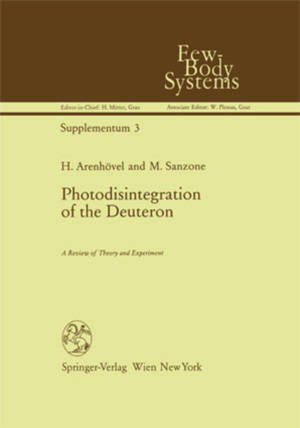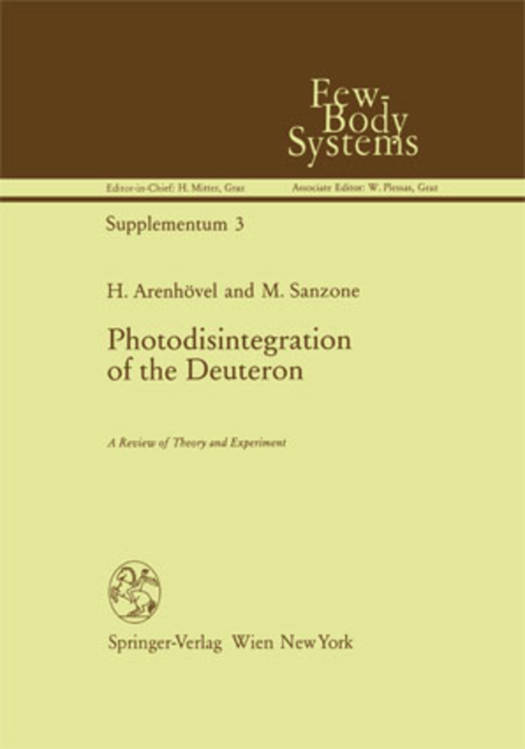
- Retrait gratuit dans votre magasin Club
- 7.000.000 titres dans notre catalogue
- Payer en toute sécurité
- Toujours un magasin près de chez vous
- Retrait gratuit dans votre magasin Club
- 7.000.0000 titres dans notre catalogue
- Payer en toute sécurité
- Toujours un magasin près de chez vous
105,45 €
+ 210 points
Description
More than 50 years ago, in 1934, Chadwick and Goldhaber (ChG 34) published a paper entitled "A 'Nuclear Photo-effect': Disintegration of the Diplon by -y-Rays."l in the introduction: They noted "By analogy with the excitation and ionisation of atoms by light, one might expect that any complex nucleus should be excited or 'ionised', that is, disintegrated, by -y-rays of suitable energy", and furthermore: "Heavy hydrogen was chosen as the element first to be examined, because the diplon has a small mass defect and also because it is the simplest of all nuclear systems and its properties are as important in nuclear theory as the hydrogen is in atomic theory". Almost at the same time, in 1935, the first theoretical paper on the photodisinte- gration of the deuteron entitled "Quantum theory of the diplon" by Bethe and Peierls (BeP 35) appeared. It is not without significance that these two papers mark the be- ginning of photonuclear physics in general and emphasize in particular the special role the two-body system has played in nuclear physics since then and still plays. A steady flow of experimental and theoretical papers on deuteron photo disintegration and its inverse reaction, n-p capture, shows the continuing interest in this fundamental process (see fig. 1.1).
Spécifications
Parties prenantes
- Auteur(s) :
- Editeur:
Contenu
- Nombre de pages :
- 183
- Langue:
- Anglais
- Collection :
- Tome:
- n° 3
Caractéristiques
- EAN:
- 9783211822760
- Date de parution :
- 06-06-91
- Format:
- Livre relié
- Format numérique:
- Genaaid
- Dimensions :
- 178 mm x 254 mm
- Poids :
- 557 g

Les avis
Nous publions uniquement les avis qui respectent les conditions requises. Consultez nos conditions pour les avis.






